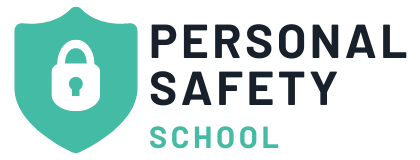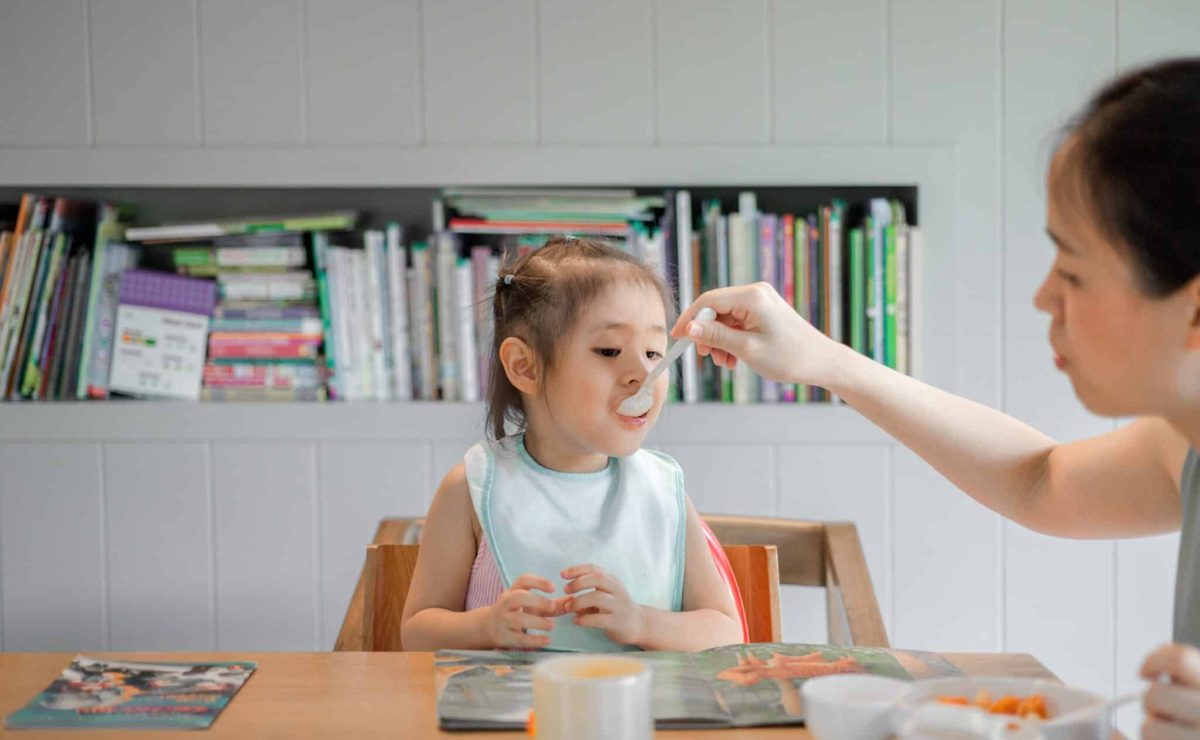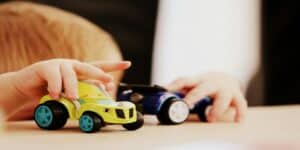You may think it is impossible to prevent choking hazards before they take hold. Children tend to put various things in their mouths when they are still babies and young toddlers. That is their way of exploring the world, but apart from being unhygienic, it can also be very dangerous!
A foreign object in the mouth can easily end up in the airwaves and restrict air circulation. Choking happens a lot more often than you might think, and in most cases, the parent’s quick reaction saves the day (and the child’s life).
However, these situations sometimes end fatally, and this article is here to help you protect your child from choking. Here, we will help you identify some common choking hazards and teach you how to prevent choking and what to do if your child starts choking.
Identifying Common Choking Hazards to Prevent Choking
First, let’s take a look at the most common choking hazards:
- Food items – children are messy eaters, and they like to play with food, which can lead to choking
- Toys and small objects – Small toys and other objects can become choking hazards if your child likes to chew on them
- Household items – coins, batteries, small jewelry, etc. can be found in every home, but they are also common choking hazards.
Age-Appropriate Foods and Eating Habits
Children have that love-hate (mostly hate) relationship with food, and making them eat their food can be a feat. And those same children will often be more interested in snacks and what their parents eat than in their food.
However, not every food is appropriate for children. Some foods, such as nuts, caramels, popcorn, chewing gums, hard candy, etc., are choking hazards even for us adults, so make sure not to give them to your child.
There are many safe food choices out there, such as soft, seedless fruits and vegetables (preferably cooked or mashed), cheese yogurt, pasta, rice, soft breads, doughs, small doses of peanut butter, etc.
With proper food preparation and serving, you can even further reduce the risk of choking. Cut all of your child’s food into small pieces, cook it, or mash it. Avoid hard and round foods because they are hard to get out of your child’s throat.
Finally, supervise each one of your child’s meals to make sure they are eating slowly and chewing their food enough to prevent choking.
Toy Safety and Selection to Prevent Choking
Toys are another choking hazard because children love to chew them. Fortunately, most toys are labeled with the recommended minimum age of the child. Keep an eye on those labels and choose age-appropriate toys to prevent choking.
Avoid toys with small parts, especially if they can be separated from the rest of the toy. If you already have such toys, you can put these small parts out of your child’s reach and keep the rest.
Regularly inspect toys for damage because any broken and loose parts are a choking hazard. Throw these loose parts or even the whole toy. Make it up to your child by buying them a new toy instead. 🙂
Household Safety Measures To Prevent Choking Hazards
If your home is full of small objects and trinkets, that’s another choking hazard. Oftentimes, throwing them away might not be an option, but you can keep these objects out of your child’s sight and reach to prevent choking.
Choose some high, unreachable cabinet to store these objects until your child is grown up. If there are any loose items in your furniture, clothes, etc., secure them the best you can, or hide them from your child.
Also, while your baby is still in their teething phase, avoid teethers that look like household items, such as game controllers or consoles, tools, remote controllers, etc. These novelty teethers sure do look cute, but they will also teach your child that it is ok to chew on real game controllers, consoles, tools, etc., and that is a choking hazard!
Teaching Children about Choking Hazards
After you adopt all child-proofing measures in your home, don’t forget about age-appropriate education. Teaching your child about choking hazards is just as important as keeping dangerous objects locked away.
At first, use simple language to explain why putting things in your mouth isn’t good and safe. As your child grows older, you can use more complex language and examples to highlight the choking hazards,
Encourage proper chewing and teach your child to sit when they eat. Eating while on the move is another common choking hazard. Also, don’t let your child talk while they eat, and avoid doing it yourself. Ensure your child chews their food properly.
Basic Choking First Aid
Signs of choking are: coughing, gagging, and flushed red skin from straining or blue/purple from the lack of air. Additionally, look out for breathing struggles, wheezing, clutching at the throat or chest, and inability to speak, cry, or cough.
If you notice these signs, don’t lose time. For an infant child, hold them face down on your forearm, and with the heel of your hand, give gentle yet firm back blows between the child’s shoulder blades. After 5 blows, turn the child face up, and give 5 chest thrusts with your 2 fingers just beneath the nipple line. Repeat until the object is out.
For a toddler or older child, the procedure is similar, but the child should be standing. Give 5 back blows and then 5 abdomen thrusts. Repeat until the object is out. For both chest and abdomen thrusts, you should first press with your fingers into the chest/abdomen and then quickly push upwards.
If your attempts are futile after several tries, call your local emergency service or drive your child to the nearest hospital, whichever is faster.
Prevent Choking Hazards With Awareness
Child choking is a nightmare for every parent, but fortunately, there are things you can do to avoid this happening to your child. First, identify potential choking hazards in your home, such as foods, household items, and toys. Remove them from your child’s reach. At the same time, educate your child about dangers and safe behavior to prevent choking.
By remaining on the watch and constantly educating your child, you can minimize the choking hazards and provide your child the safety and love that they deserve.

Be aware, and stay safe!
Found this article useful? please share it with your friends!
And to stay up to date with our latest content, don’t forget to follow us on Facebook!




